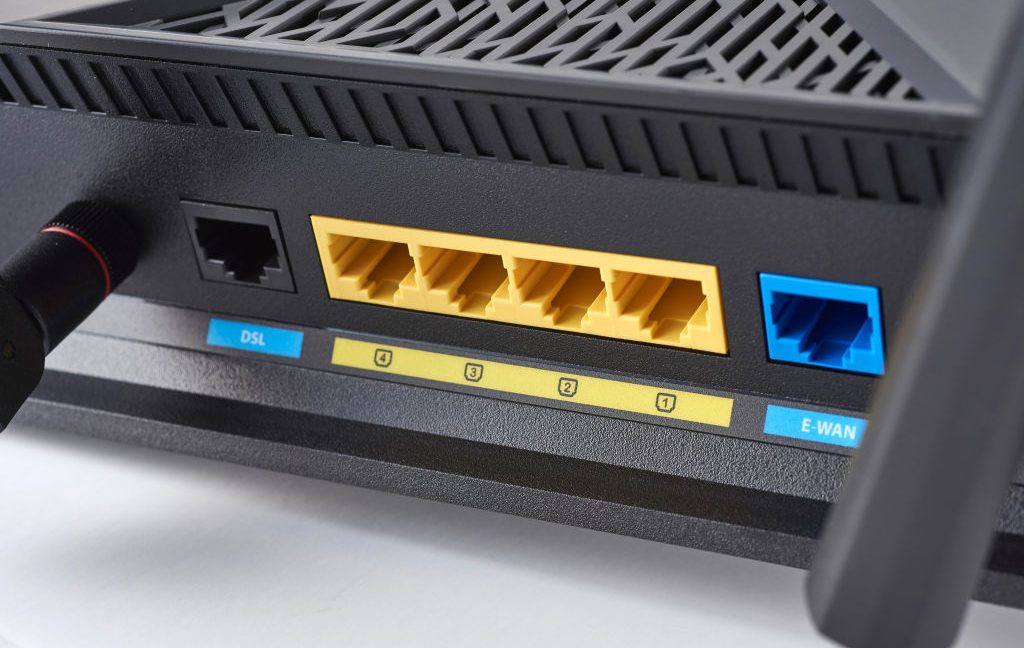How to know if your Asus router is one of thousands hacked by China-state hackers
Thousands of Asus routers have been hacked and are under the control of a suspected China-state group that has yet to reveal its intentions for the mass compromise, researchers said.
The hacking spree is either primarily or exclusively targeting seven models of Asus routers, all of which are no longer supported by the manufacturer, meaning they no longer receive security patches, researchers from SecurityScorecard said. So far, it’s unclear what the attackers do after gaining control of the devices. SecurityScorecard has named the operation WrtHug.
Staying off the radar
SecurityScorecard said it suspects the compromised devices are being used similarly to those found in ORB (operational relay box) networks, which hackers primarily use to conduct espionage to conceal their identity.
“Having this level of access may enable the threat actor to use any compromised router as they see fit,” SecurityScorecard said. “Our experience with ORB networks suggests compromised devices will commonly be used for covert operations and espionage, unlike DDoS attacks and other types of overt malicious activity typically observed from botnets.”
Compromised routers are concentrated in Taiwan, with smaller clusters in South Korea, Japan, Hong Kong, Russia, central Europe, and the United States.
A heat map of infected devices.
The Chinese government has been caught building massive ORB networks for years. In 2021, the French government warned national businesses and organizations that the APT31—one of China’s most active threat groups—was behind a massive attack campaign that used hacked routers to conduct reconnaissance. Last year, at least three similar China-operated campaigns came to light.
Russian-state hackers have been caught doing the same thing, although not as frequently. In 2018, Kremlin actors infected more than 500,000 small office and home routers with sophisticated malware tracked as VPNFilter. A Russian government group was also independently involved in an operation reported in one of the 2024 router hacks linked above.
How to know if your Asus router is one of thousands hacked by China-state hackers Read More »












